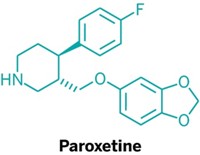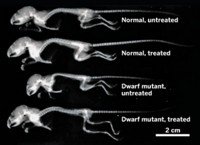Advertisement
Grab your lab coat. Let's get started
Welcome!
Welcome!
Create an account below to get 6 C&EN articles per month, receive newsletters and more - all free.
It seems this is your first time logging in online. Please enter the following information to continue.
As an ACS member you automatically get access to this site. All we need is few more details to create your reading experience.
Not you? Sign in with a different account.
Not you? Sign in with a different account.
ERROR 1
ERROR 1
ERROR 2
ERROR 2
ERROR 2
ERROR 2
ERROR 2
Password and Confirm password must match.
If you have an ACS member number, please enter it here so we can link this account to your membership. (optional)
ERROR 2
ACS values your privacy. By submitting your information, you are gaining access to C&EN and subscribing to our weekly newsletter. We use the information you provide to make your reading experience better, and we will never sell your data to third party members.
Biological Chemistry
Calcium Channel May Be Therapeutic Target For Preterm Labor
Biochemistry: Modulation of TRPV4 channel affects contraction of uterine tissue
by Celia Henry Arnaud
January 4, 2016
| A version of this story appeared in
Volume 94, Issue 1
About 15 million babies are born preterm each year, according to the World Health Organization. And current therapies don’t work well at preventing preterm birth. Evidence suggests that increases in intracellular Ca2+ levels help induce contractions, but blocking the main calcium channel doesn’t prolong gestation. David N. Cornfield of Stanford University and coworkers now show that a nonselective calcium channel, transient receptor potential vanilloid 4 (TRPV4), plays a role in controlling contractions in uterine tissue (Sci. Transl. Med. 2015, DOI: 10.1126/scitranslmed.aad0376). Expression of this protein in uterine cell membranes increases as pregnancy progresses. Uterine contractility decreases when TRPV4 is blocked and increases when it’s stimulated. In a mouse model of preterm labor, blocking TRPV4 delayed the onset of labor. The team gave pregnant mice RU-486 to chemically induce contractions. Giving the mice the TRPV4 antagonist HC 067047 delayed delivery of the pups. On the basis of these results, the researchers propose that TRPV4 may be a potential therapeutic target for preventing preterm labor.




Join the conversation
Contact the reporter
Submit a Letter to the Editor for publication
Engage with us on Twitter